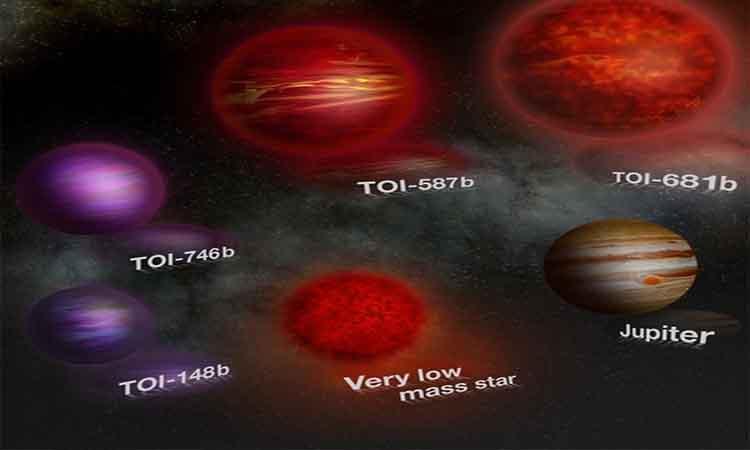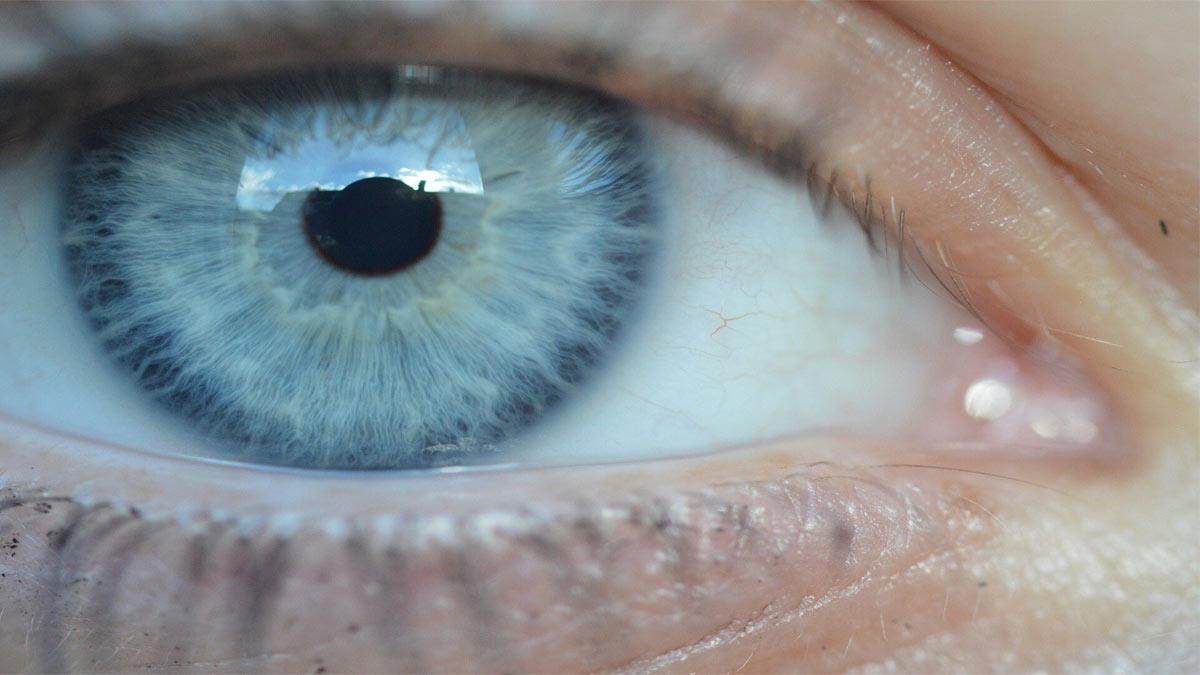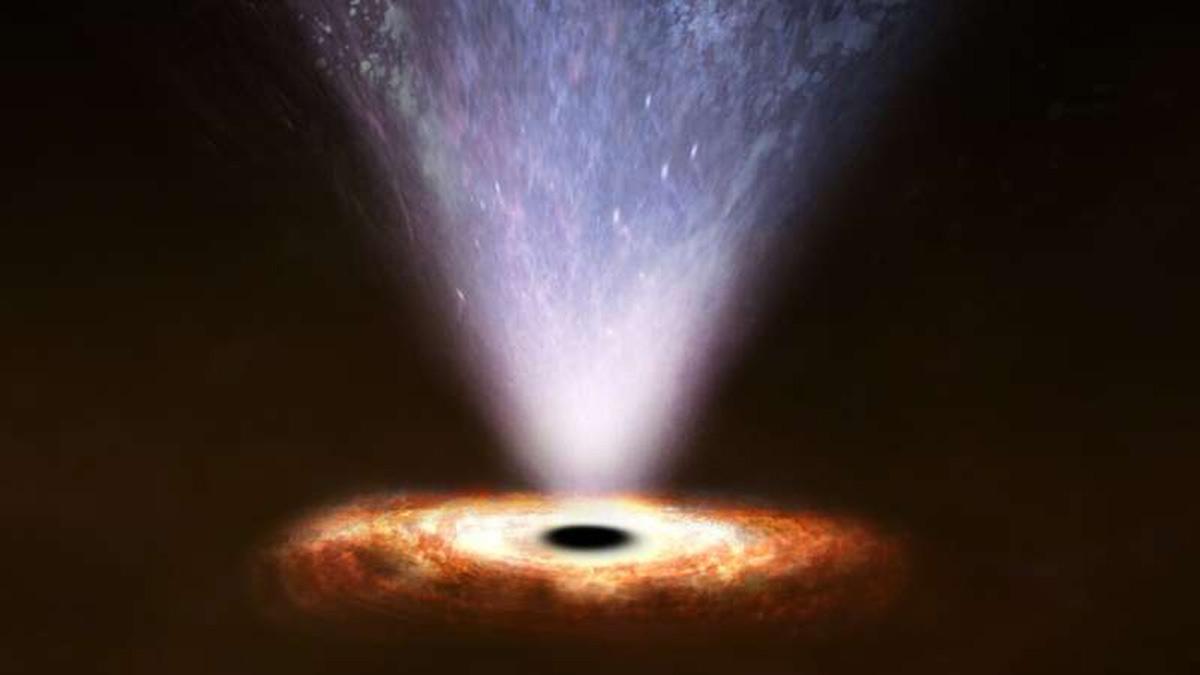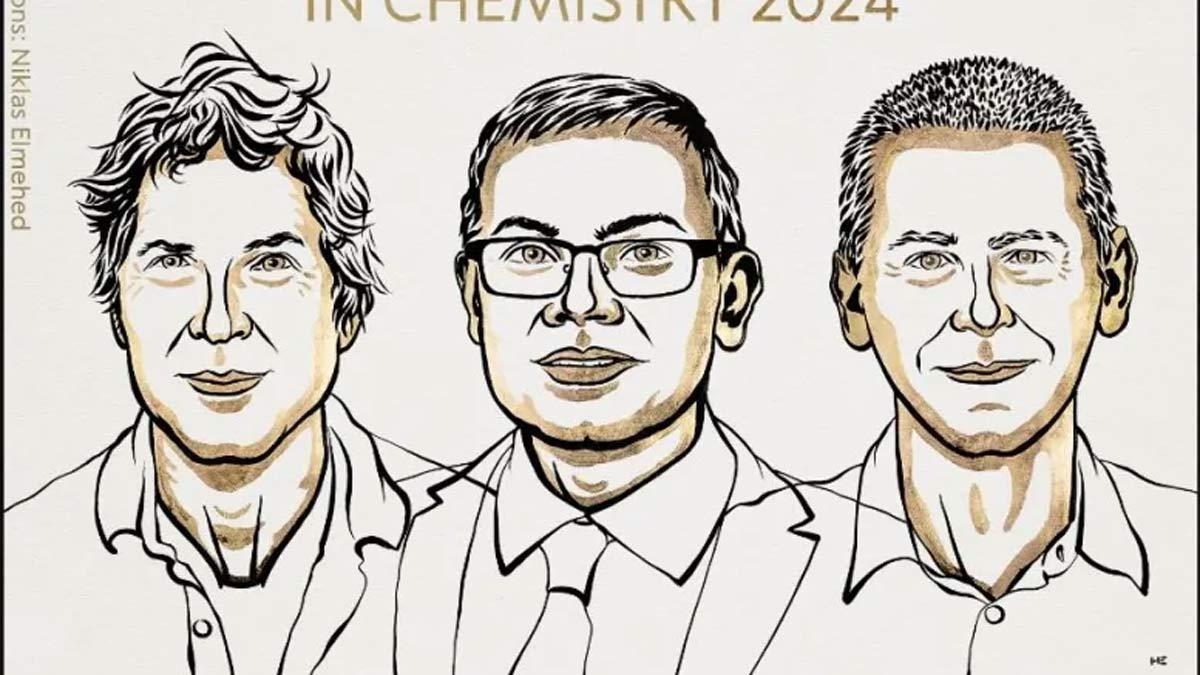An international team of researchers has identified five objects that have masses near the border separating stars and "brown dwarfs" that could help scientists understand the nature of these mysterious objects.
Brown dwarfs are astronomical objects with masses between those of planets and stars. The question of where exactly the limits of their mass lie remains a matter of debate, especially since their constitution is very similar to that of low-mass stars.
"We still do not know exactly where the mass limits of brown dwarfs lie, limits that allow them to be distinguished from low-mass stars that can burn hydrogen for many billions of years, whereas a brown dwarf will have a short burning stage and then a colder life," said Nolan Grieves, a researcher in the Department of Astronomy at the University of Geneva (UNIGE).
Also Read | Indian researchers discover 3 supermassive black holes
The team, led by scientists from the UNIGE and the Swiss National Centre of Competence in Research (NCCR) Planets, in collaboration with the University of Bern, characterised five companions that were originally identified with the Transiting Exoplanet Survey Satellite (TESS) as TESS objects of interest (TOI) -- TOI-148, TOI-587, TOI-681, TOI-746 and TOI-1213.
These are called 'companions' because they orbit their respective host stars. They do so with periods of five to 27 days, have radii between 0.81 and 1.66 times that of Jupiter and are between 77 and 98 times more massive. This places them on the borderline between brown dwarfs and stars. These five new objects therefore contain valuable information, the team said. The findings are detailed in the journal Astronomy and Astrophysics.
"Each new discovery reveals additional clues about the nature of brown dwarfs and gives us a better understanding of how they form and why they are so rare," said Monika Lendl, a researcher in the Department of Astronomy at the UNIGE and a member of the NCCR Planets.
One of the clues the scientists found to show these objects are brown dwarfs is the relationship between their size and age.
"Brown dwarfs are supposed to shrink over time as they burn up their deuterium reserves and cool down. Here we found that the two oldest objects, TOI 148 and 746, have a smaller radius, while the two younger companions have larger radii," said Francois Bouchy, Professor at UNIGE.
Also Read | New habitable exoplanets to boost search for life out of Solar System
Yet these objects are so close to the limit that they could just as easily be very low-mass stars, and astronomers are still unsure whether they are brown dwarfs.
"Even with these additional objects, we still lack the numbers to draw definitive conclusions about the differences between brown dwarfs and low-mass stars. Further studies are needed to find out more," Grieves said.


















